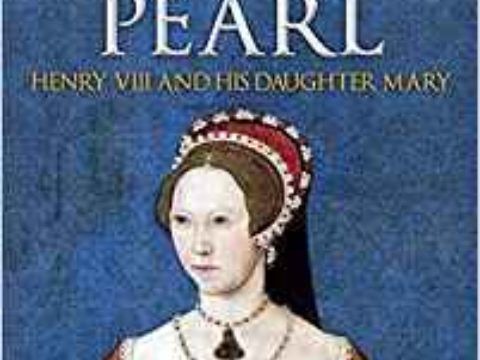The Coronation of Mary of England as Queen of France
Chapter 1: The Status of Queens of France
In Europe, during the mediaeval and Renaissance period, marriage, other than for the very poorest, was seldom a matter of personal choice. Its purpose was the creation of family alliances and the transfer of property. Although the church did not permit forced marriages, and ultimately, no marriage was valid without the consent of the parties, the pressure from society was such that most people accepted the choice of their parents, or the head of the family.
For young women, in particular, there was very little opportunity to choose a spouse (although some did risk the wrath of their families to marry the man they loved). For widows, there was usually far more flexibility.
With marriage for social status an important concept, the higher the rank of the spouse chosen for you, the more you benefited from this system. At the very pinnacle of European status for women, second only to the Empress, was the position of queen of France.
Queen of France was a rank which rival European kings and nobles sought to attain for their daughters or sisters. Huge dowries and comprehensive alliances would be offered to secure a binding agreement, but many arrangements came to nothing.
France provided three English queens: Isabella of Valois, wife of Edward II, from whom the English claim to the crown of France derived; Isabelle of Valois, second wife of Richard II, who was too young to consummate her marriage, and died in childbirth from her second marriage; and Isabelle’s younger sister, Katherine de Valois, who was married to Henry V to consolidate Henry’s gains after Agincourt. Katherine’s second marriage to Owain Tudor made her the grandmother of Henry VII.
A fourth French queen may be counted, in the person of Marguerite of France (1157 – 1197), wife of Henry the Young King, although he died before succeeding Henry II. France also gave a queen to Scotland in 1536, with the marriage of Princess Madeleine to James V – a coup on his part that annoyed his uncle, Henry VIII.
The warm alliance between France and Scotland resulted in the marriage of Margaret of Scotland, daughter of James I, to Louis, son of Charles VII, but Margaret died before becoming queen. In the next century, Mary, Queen of Scots, was married to the François II of France, but he died childless, and the long alliance between the countries was fractured.
Until 1475, England had never provided a French queen, but in that year, Edward IV negotiated a marriage for his eldest daughter, Elizabeth of York, with the dauphin, son of Louis XI, later Charles VIII. Elizabeth was treated as Dauphine, but the negotiations came to nothing, when Louis broke off the match to betroth Charles to Marguerite of Austria, daughter of Maximilian, King of the Romans, later emperor, and Mary of Burgundy. The humiliation was deep, and the rage Edward felt may have contributed to his early death.








